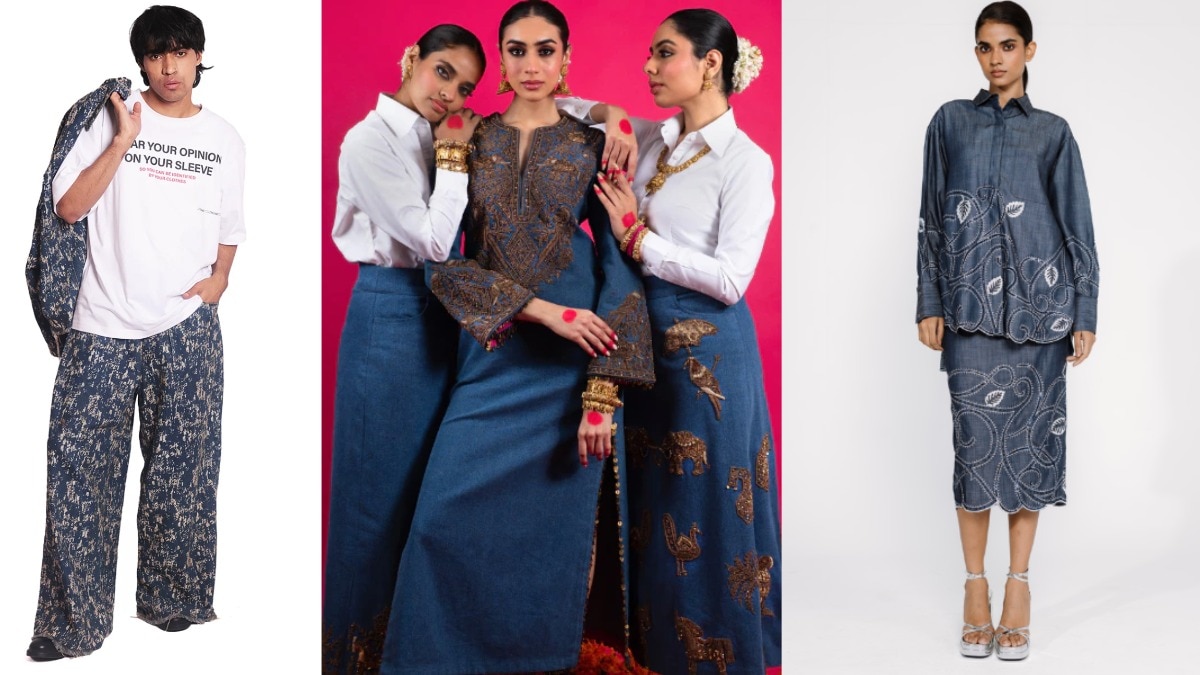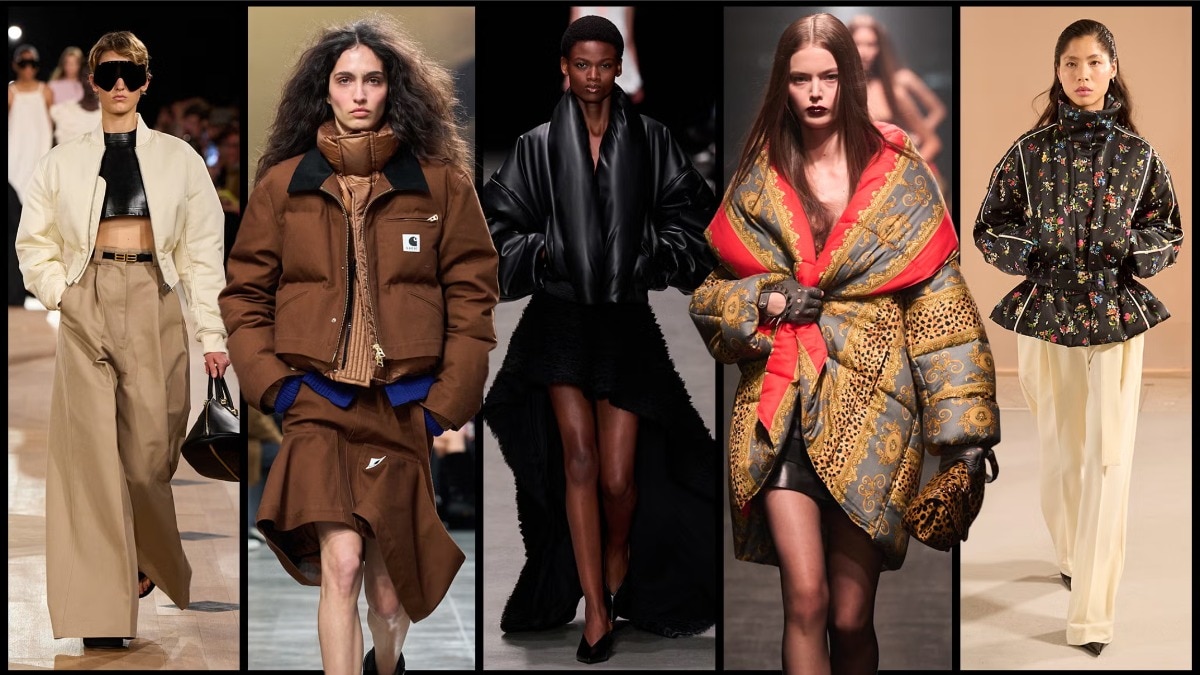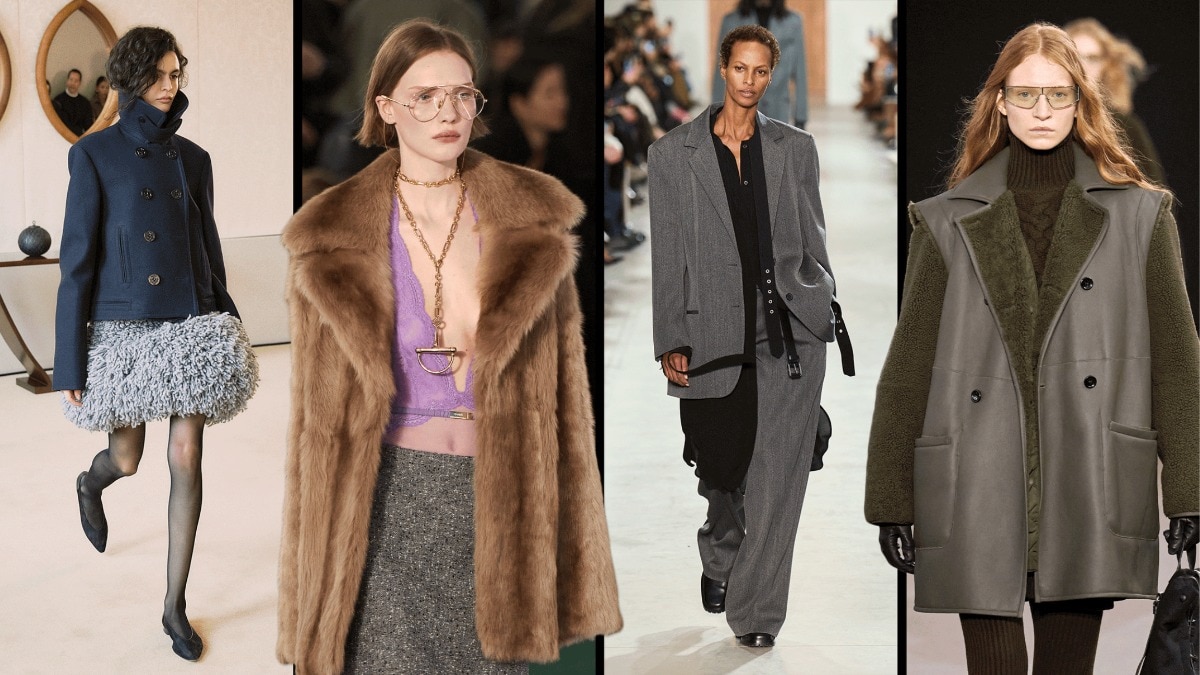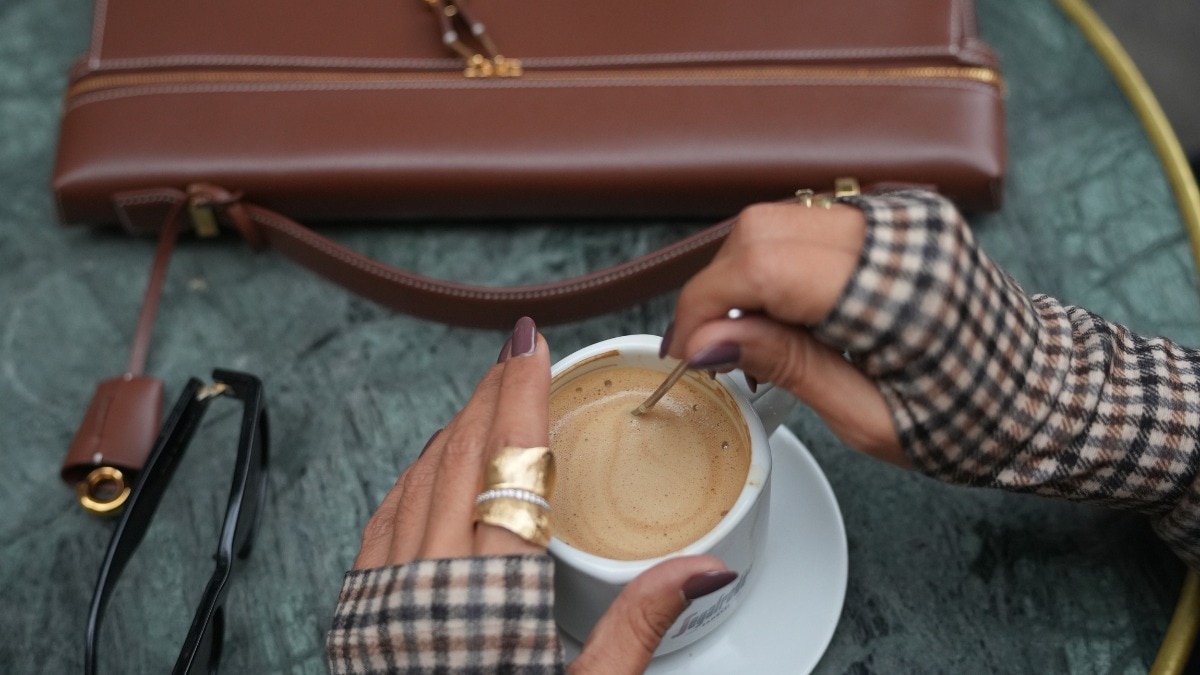#JustIn: 'Alta' makes a heroic appearance in Sabyasachi’s latest collection amidst iconic reds and heritage jewellery
We breakdown the history of 'alta' as the designer’s tryst with tradition continues.


Ancient Indian mythology traces the history of alta back to scenes of Lord Krishna applying the red dye on the palms of his beloved, Radha. Symbolic of auspiciousness, purity, sensuality, and fertility, tradition holds that alta, also known as mahavar is a deep red liquid dye, traditionally made out of beetles leaves and sindoor, and used to adorn the palms and feet of brides in various patterns.
In his latest campaign, Sabyasachi draws upon his own design sensibilities for the modern Indian bride—regal, inclusive and innovative—and perfectly combines it with the traditional Indian aesthetic of using alta and rose petals. The collection showcases tones of dark and light reds and golds, bringing out the boldness and beauty of the bridal lehengas and saris. ‘Red is not seasonal, it’s iconic,’ the collection reads. What stands out for us is the use of alta to cover the arms of the brides in its entirety, giving a contemporary upgrade to the age-long tradition. We take a look back at the history of alta and its significance in the modern cultural context.
Alta’s significance and use is rooted in the Hindu Upanishads as one of the 16 ornaments (known as solah sringar) adorned by every Hindu bride. Rituals revolving around the revered dye are most prevalent in the eastern parts of the country such as West Bengal and Odisha. The wedding tradition includes applying alta on the hands and feet that are paired perfectly with the red and white Bengali sari and white gold jewellery. The ritual remains as significant today as it has been over the years.

Its roots can also be traced back to Indian classical dance forms, particularly those from South India, such as Bharatanatyam and Mohiniattam, wherein alta is an important element of the dance attire and is applied to make the hand gestures (called mudras) appear dramatic and expressive. With Indian dances often perceived as a symbol of devotion and surrendering to the lord, alta is adorned by dancers to symbolise forms of union.
With Sabyasachi’s latest campaign, this age-old ritual becomes truly new-age, adding layers of history and cultural significance to design, fashion and aesthetics.










